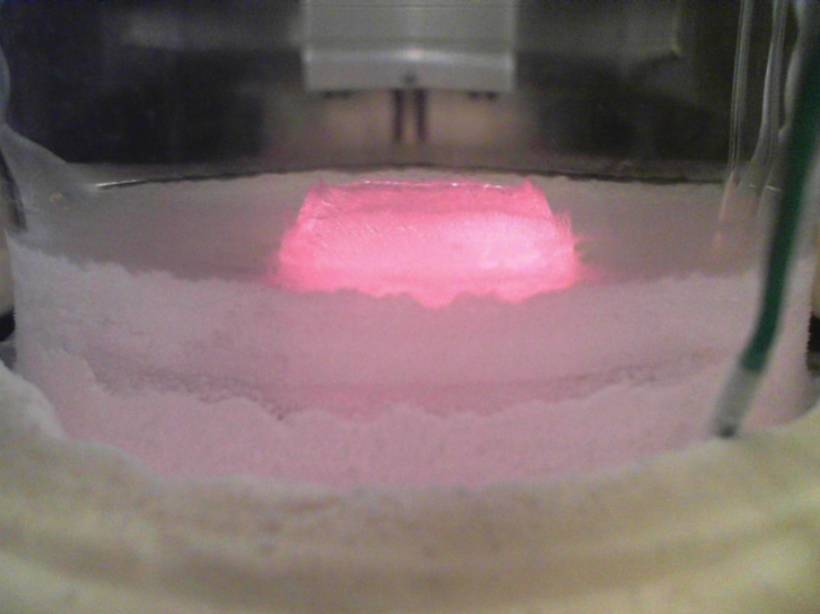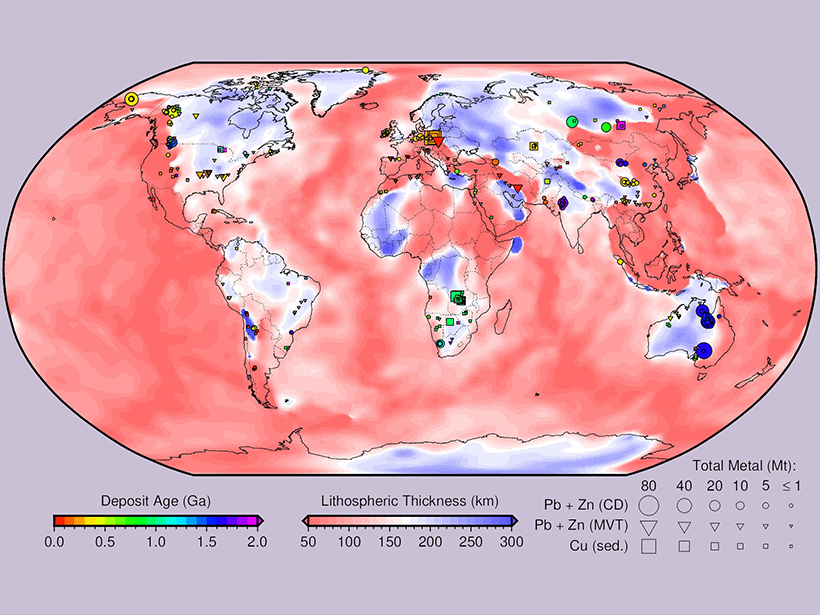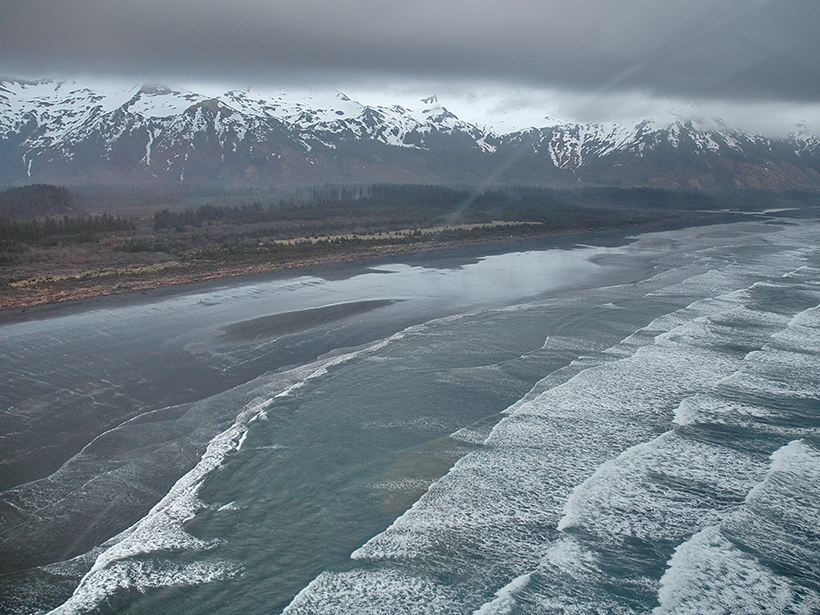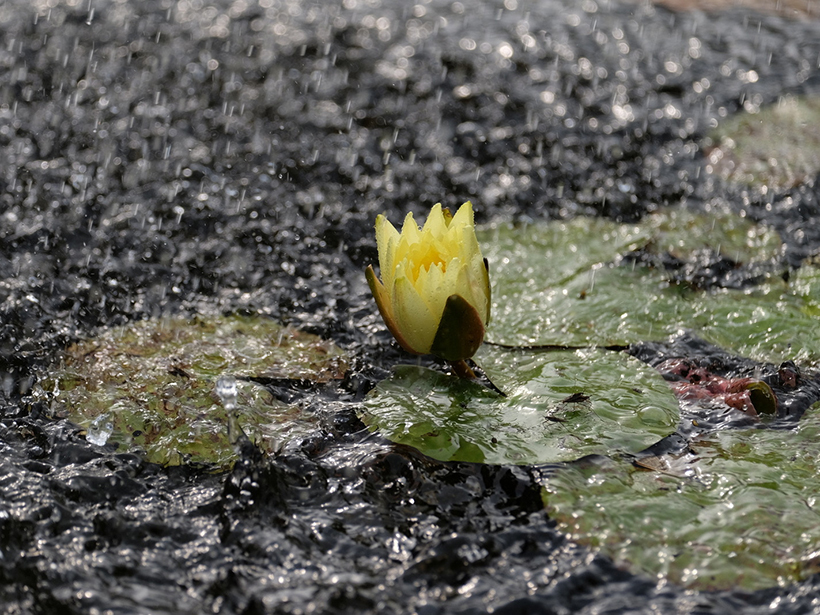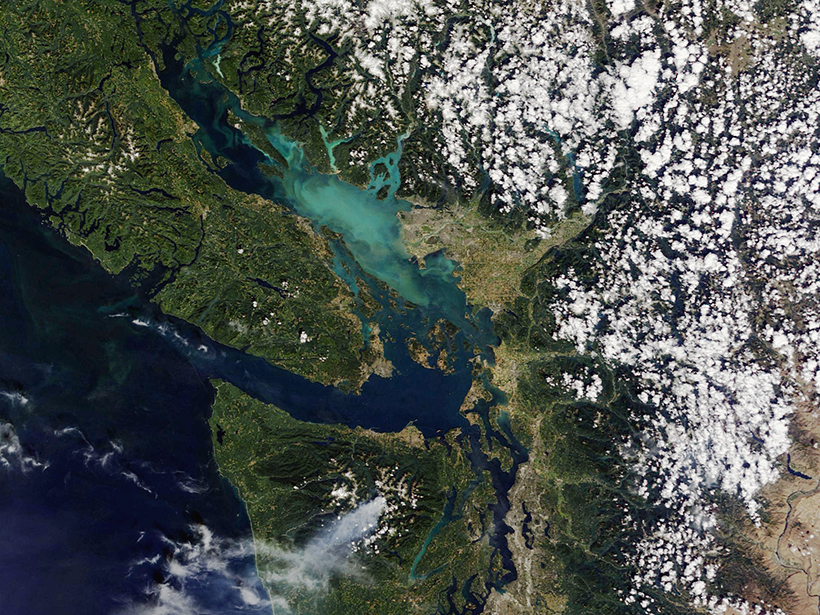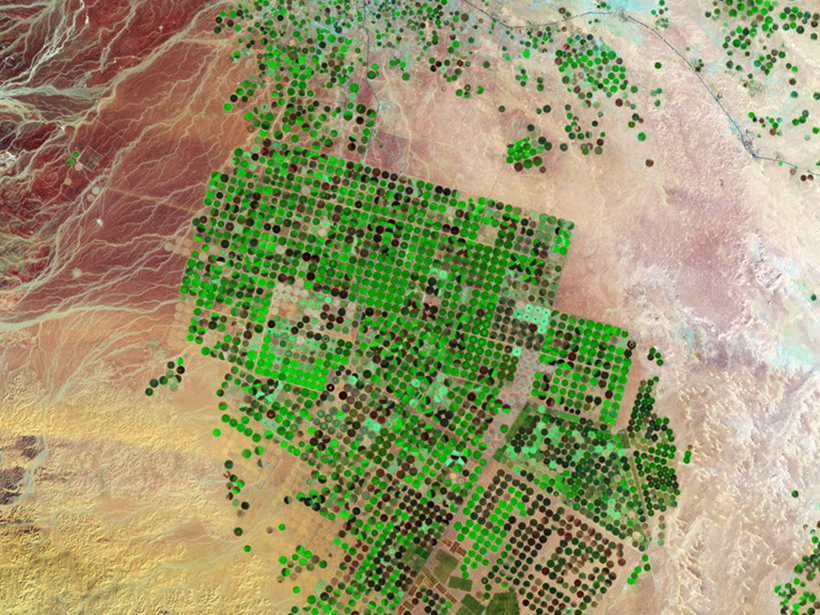Soil chips provide a micrometer-resolution window into life underfoot, shedding light on how fungi behave when navigating soil’s mazes.
Bas den Hond
Bas den Hond writes about Earth science, physics, mathematics, and language. His work has appeared in The Economist, New Scientist, and a number of Dutch general and popular science publications. Based in the Netherlands and New Hampshire, he is also the U.S. correspondent of the Dutch daily newspaper Trouw. He has a master of science in astronomy.
The Catcher in the Ice
There are three ways to extract gases from an ice core. The cleanest one, sublimation, is getting easier.
Overturning in the Pacific May Have Enabled a “Standstill” in Beringia
During the last glacial period, a vanished ocean current may have made the land bridge between Asia and the Americas into a place where humans could wait out the ice.
A Field Guide to the Magnetic Solar System
Not all planets move the needle. But whatever planet you take a magnetic compass to, it’s sure to point out clues to secrets underfoot.
Cratons Mark the Spot for Mineral Bonanzas
A new map of the thickness of Earth’s lithosphere contains clues to large deposits of key metals.
Einstein Says: It’s 309.7-Meter O’Clock
Atomic clocks are now so accurate that Earth’s gravity can be seen to slow them down. Geodesy is preparing to use this relativistic effect to measure elevation.
The Tides They Are a-Changing
The twice-daily ebb and flow of the sea have the power to change the planet. Weak tides could have allowed Earth to freeze over, and strong tides may have given vertebrates a leg up on land.
Gauging in the Rain
Measuring how much water falls from the sky is more complicated than it seems. To improve measurements, researchers are looking at umbrellas, hydrophones, and gamma ray detectors.
Mud on the Move
Powerful submarine flows known as turbidity currents are starting to give up their secrets.
Looking for Climate Solutions Down in the Dirt
Geoengineering is more than orbiting mirrors and stratospheric aerosols. Innovative modeling considers the impact of no-till farming and radical irrigation.


